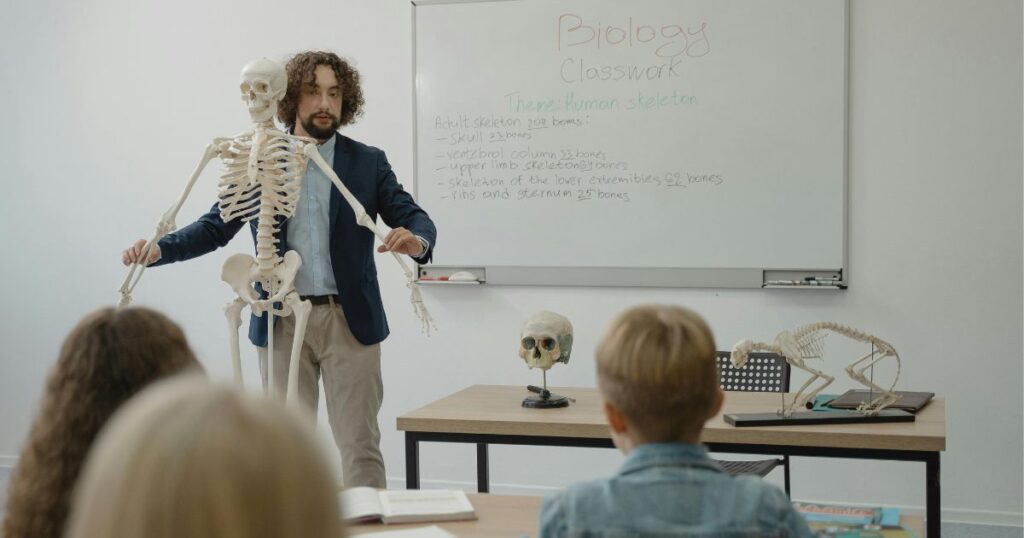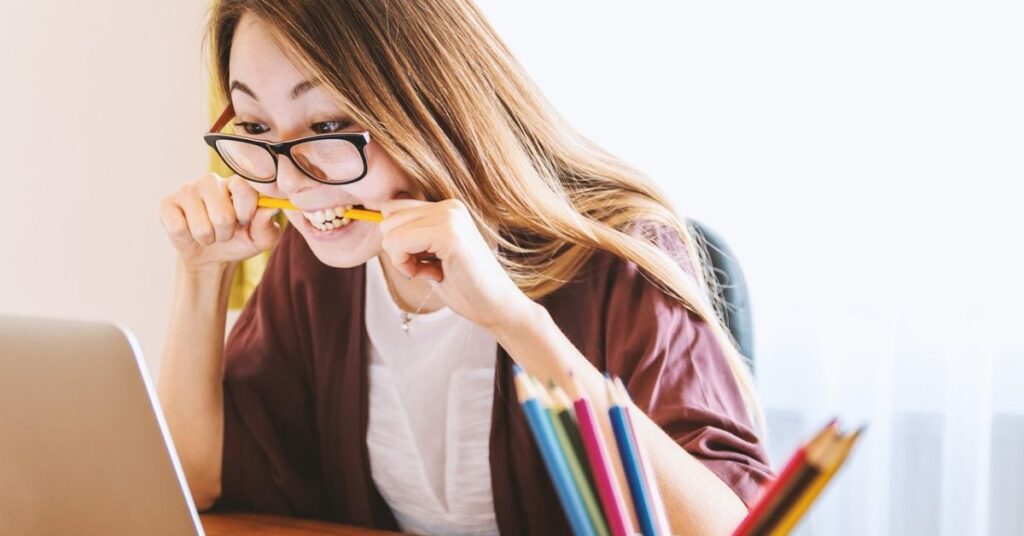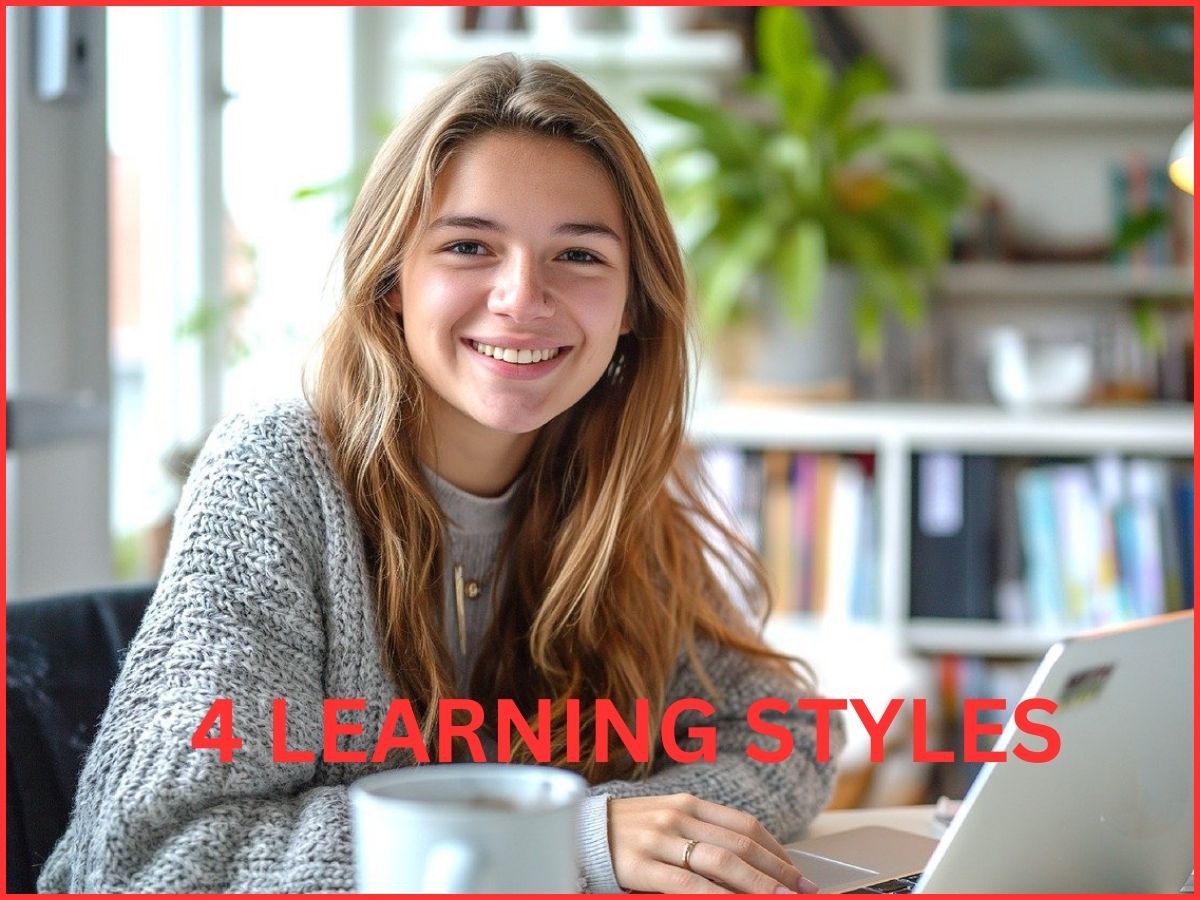Introduction
Different pupils learn in different ways, which are referred to as learning styles. Learning styles are a collection of hypotheses that attempt to explain why people learn in different ways. Students have a variety of learning styles, which are defined by how they prefer to study. We should be aware of and understand different learning styles so that we can provide a variety of learning experiences to fit the needs of our pupils.
Enhancing Teaching with Learning Styles
Learning style is an essential concept in education because it allows educators to adjust their teaching techniques to match the needs of individual students. Understanding how students learn best can significantly improve their educational experience and academic success. Different students learn in different ways, and a good teacher should be able to determine each student’s learning style to maximize their learning potential. Incorporating varied instructional strategies and materials that correspond to different learning styles. It might result in a more inclusive and successful learning environment.
Learning Styles and Information Retention
Learning style is important in education because it determines how people process and retain information. Understanding one’s learning type might assist students in tailoring their study methods and improving their academic achievement. Regardless of whether a student is a visual, aural, or kinesthetic learner, changing teaching approaches to fit diverse learning styles can improve student engagement and comprehension. Educators can establish inclusive classrooms that promote active learning and support the success of all students by identifying and supporting varied learning styles.
Effective Teaching with Diverse Learning Styles

Understanding and accommodating diverse learning styles is critical for effective teaching in education. Every student processes and retains information in a unique way, and educators must alter their create a more inclusive and engaging learning environment that caters to their student’s strengths and preferences by recognizing and addressing diverse learning styles. Incorporating multimodal instructional methodologies, whether for visual, aural, or kinesthetic learners, can improve student comprehension and promote active participation in the learning process.
Learning Styles as a Teaching Guide
Learning styles are not a prescription for teaching pupils, but they might assist teachers in recognizing a student’s preferred method of processing and retaining knowledge. It is critical for teachers to understand their student’s preferred learning styles. It will assist teachers in planning their lessons to match their teaching style. The teacher assigns the most appropriate activities or works to a specific learner group in the classroom.
The Four Primary Learning Styles

In education, the four primary learning styles are visual, auditory, reading and writing, and kinesthetic.
Visual Learning: Understanding the Power of Images in Education
Visual learners in the classroom prefer to see and observe what they are learning. They prefer to access and comprehend new information through the use of images, maps, and graphic organizers. The best way to present to visual learners is to visually demonstrate the relationship between different ideas.A visual learner learns best when presented with information that she sees, such as images, diagrams, charts, infographics, and videos. She learns concepts best and most easily when images, diagrams, charts, and videos are incorporated. She wants ideas to be visualized for her, and she needs to use colors in information to spatially relate them.
Basic characteristics of visual learners include the use of diagrams, charts, and mind maps; they respond very positively to color-coded notes and visual organization; they do better when video or animation mediates information; and they do relatively badly with text-only and verbal instructions.
The best teaching methods for visual learners are PowerPoint presentations, with the use of infographics and flashcards; they can use flowcharts and Venn diagrams to explain relationships; whiteboards and digital tools for engagement; drawing, doodling, or concept mapping should be encouraged; and they must make good use of educational videos and graphic storytelling.
The incorporation of visual learning techniques into teaching will seize student interest and really help them understand the material. This is mostly good for subjects like science, mathematics, and history, where relationships and structuring have a case. Thus far, the selection of instructional materials that cater to visual learners has been found to augment retention levels, promote heightened critical thinking, and lead one to a deep and solid possible understanding of concepts for decades.
Auditory Learning: The Power of Listening in Education

Auditory learners learn best when they learn through listening and talking. These students thrive in lectures, discussions, podcasts, and oral instructions. Learners such as these flourish through the verbal-oriented approach by learning through explanations, participating in discussions, and processing audibly.
The Key Characteristics of Auditory Learners:
- They learn best through lectures, discussions, and oral instructions.
- They can internalize information best by reading aloud or discussing concepts.
- They excel in discussions, debates, and storytelling activities.
- They retain information, tone, and pitch pretty easily.
- These learners often have much difficulty concentrating when doing a silent reading or when receiving written instructions they have not heard during verbal feedback.
These are the best strategies for teaching auditory learners:
- Give lectures over audio recordings, podcasts, and verbal explanations.
- Encourage group discussions, debates, and question-and-answer sessions.
- You can allow students to read aloud or paraphrase their ideas.
- Use rhymes, songs, or mnemonic devices for learning.
- Enjoy an interactive lecture or a storytelling technique.
These strategies will help the teacher create a lively and engaging environment in which students can better comprehend and retain information. Asking verbal cues, encouraging active listening, and conducting discussion-mode lessons will help the students be able to recall and process information.
Reading/Writing Learning: Mastering Knowledge Through Text

Reading/writing learners do best when information is presented in a written format. They prefer written explanations over any verbal or visual aids in a textbook, worksheet, article, or essay. Reading, note-taking, summarizing, and writing key points serve as the best way for these learners to absorb information. Given a choice, they would prefer to learn from a textbook instead of watching a video or attending a lecture.
Key Characteristics of Reading/Writing Learners:
- They prefer text-based learning materials such as books, articles, and essays.
- Learn productively by taking notes or summarizing.
- To carry out written reports, reflections, and essays with the help of their writing capacity.
- Retain the best when content is read, often reread, and take notes on it.
- Find purely visual or auditory learning challenging, or even difficult.
Best Teaching Strategies for Reading/Writing Learners:
- Detailed notes, textbooks, and written explanations.
- Encourage journaling, essays, and projects for research.
- Uses of PowerPoint presentations, online articles, and printed worksheets.
- Provide assigned reading comprehension tasks and written reflection.
- Allow students to write again and organize information accordingly, thereby helping them retain it.
By looking through the lens of reading and video disablement, educators can build a learning environment that is thus text-rich. Language-rich orientation lends students clarity and long-tidiness for better-coordinated gestures and back-and-forth. It is almost certain that the intermingling of organized reading materials, writing assignments, and note-taking tasks will keep these learners involved and on their toes while performing academically.
Kinesthetic learning: Learning Through Hands-On Experience

Kinesthetic learners, on the other hand, use touch and learning with movement to facilitate hands-on activities and real-life exposure. They best absorb information with real-life experiences, manipulation, and activities rather than traditional lecture-based or tedious text-heavy instruction. Learners closely work in conducting experiments, role-playing, and all other interactive activities. They could have a tough time sitting still for long stretches, so they would be better off with short breaks or walking around to learn.
Key Characteristics of Kinesthetic Learners:
- Learns best using hands-on activities, experiments, and movement.
- Excels in subjects with hands-on applications including science lab, art, and sports.
- Prefers interactive learning rather than just passively listening or reading.
- Has a hard time during long lectures or text-heavy study without movement.
- Could like to do sports, dance, building projects, or other physical activities.
Best Teaching Strategies for Kinesthetic Learners:
- Use experiments, role-playing, and projects.
- Movement-oriented learning, such as games and field trips.
- Have them doodle, draw, or use fidget tools that help them stay focused.
- Break lessons up into short, activity-oriented segments with frequent movement.
- Use applications from the real world or simulations to solidify concepts.
Employing tactile and experiential learning techniques helps keep kinesthetic learners engaged and helps strengthen their understanding, retain this learning for many years, and invigorate interest. Making active participation available in class keeps the students motivated and doing well.
Importance of Understanding Learning Styles
Understanding learning styles is critical for educators. It is extremely beneficial in creating, modifying, and developing more efficient curricula, educational planning, and educational programs. It can also motivate students to take part in programs and activities. It has the potential to motivate students to learn more. Understanding a student’s unique learning style can improve teaching approaches and assist pupils in mastering their schoolwork and achieving success in life.
You may also read to like:-Why Learning is Essential for Personal and Professional Growth
- How to Dominate Your Online Business With 5 Proven Digital Marketing Strategies
- How to Cultivate Critical Thinking and Problem-Solving Skills in Classroom
- Top Proven Mental Health Strategies for Schools in 2025-26
- Time Management for Teachers: How to Plan, Prioritize, and Perform Better
- How Parental Involvement in Education Shapes a Child’s Growth and Success
Frequently Asked Questions
1. Who Are the Key Learning Styles Associated with Education?
Answer: Fifty per cent of learners are supported by the VARK learning model where the four major learning modalities are explained, and these include visual, auditory read/write, and kinesthetic. All of them are labelled as how one should handle information and each of them describes a respective approach. Knowledge of these approaches makes it possible for educators to switch methods of teaching to fit the needs of scorers and extend the interest of scorers.
2. How can people who learn through visuals appropriately be taught by the teachers?
Answer: Algebra charts, diagrams, and flowcharts assist people with this kind of learning. The children require help in understanding what their teachers are teaching them, help is in the form of graphic displays, maps, and pictures. It assists the learners who learn by visuals to grasp the interconnection and pattern that exists between the concepts in question.
3. This question leads to the next consideration: Which strategies are more effective for clients who learn best by hearing?
Answer: Auditory learners do very well in understanding and talking about the knowledge that they hear. Sometimes teachers may help them by conducting lectures or discussion forums or even by recording lessons. This way of teaching benefits knowledge retention or as some of these pupils may like to call it ‘parroting’ or contribution in debates among pupils enhances cognitive skills.
4. What makes kinesthetic learners different from others and how can they be supported at school?
Kinesthetic learning involves the use of the body and muscles and so such students enjoy practical learning activities. They benefit from the activities that involve the body, for instance, in experiments, simulations and practice activities. As to the last type of learners, kinesthetic learners must move around, teachers can use such classroom techniques as role-play, doing hands-on projects, and having many breaks.
5. Is VARK the only model of learning style?
There are other learning classifications apart from VARK which include logical/analytical learners, social/linguistic learners, solitary learners and natural learners. Logical learners work well with vigorous analysis and problem-solving, social learners value interaction with peers, solitary learners prefer not to be around others and nature learners benefit from situations that areitdoors and nature-based. These styles promote awareness of learners’ diversity of learning styles and help educators DESIGN a less obtrusive environment in the classroom.



